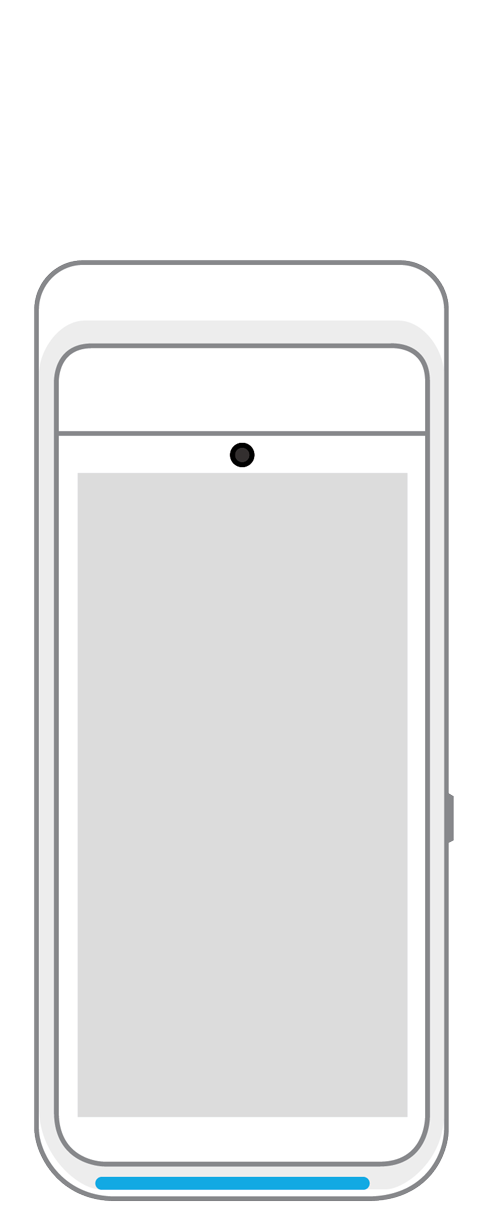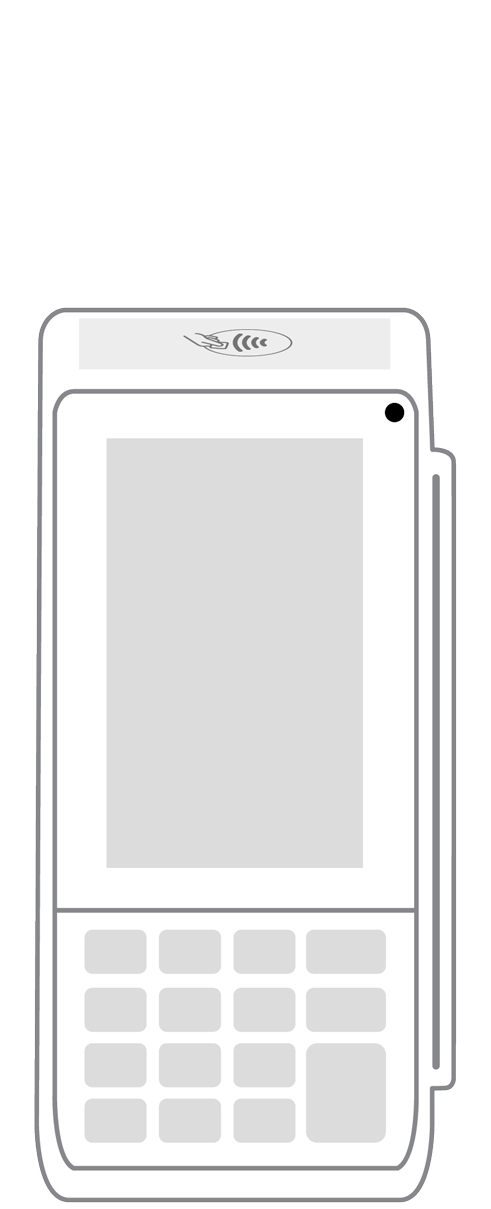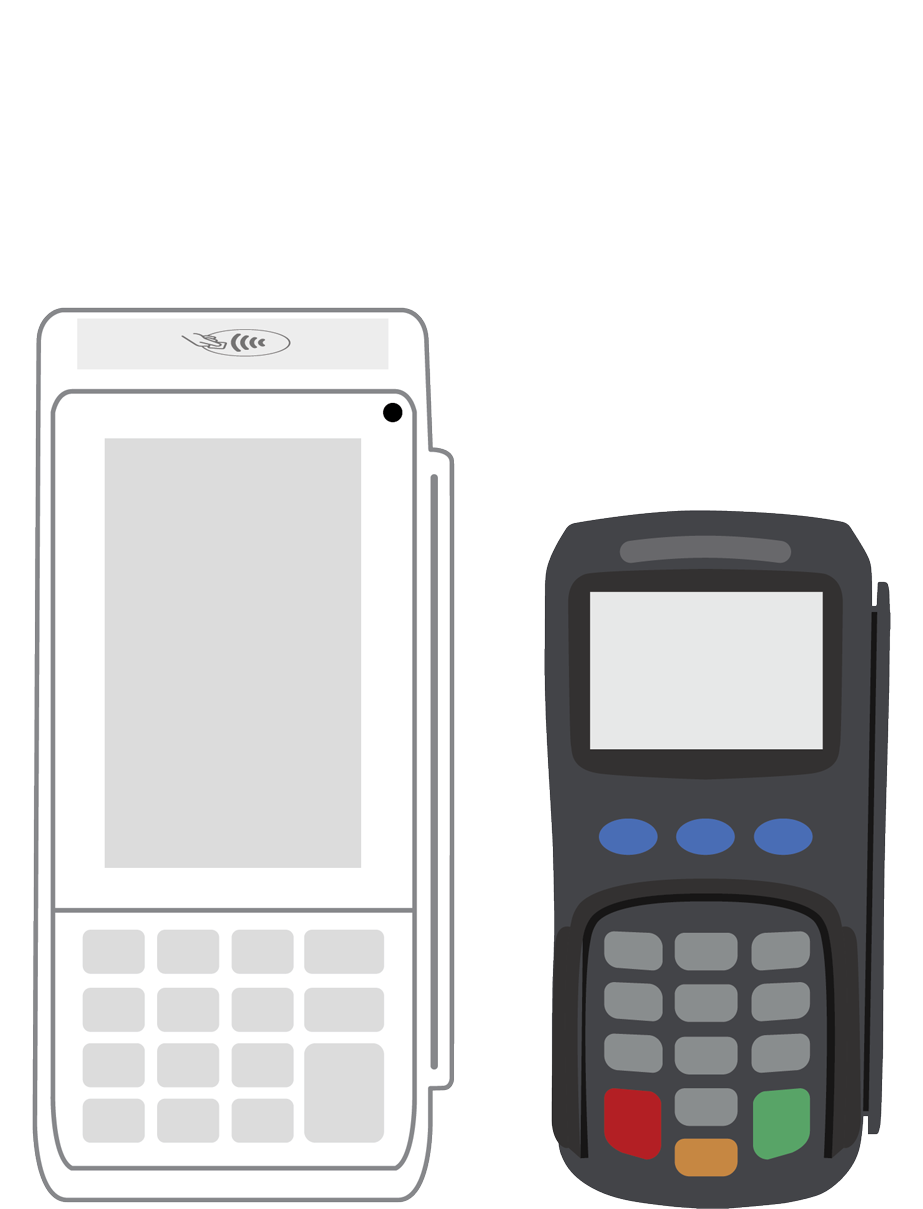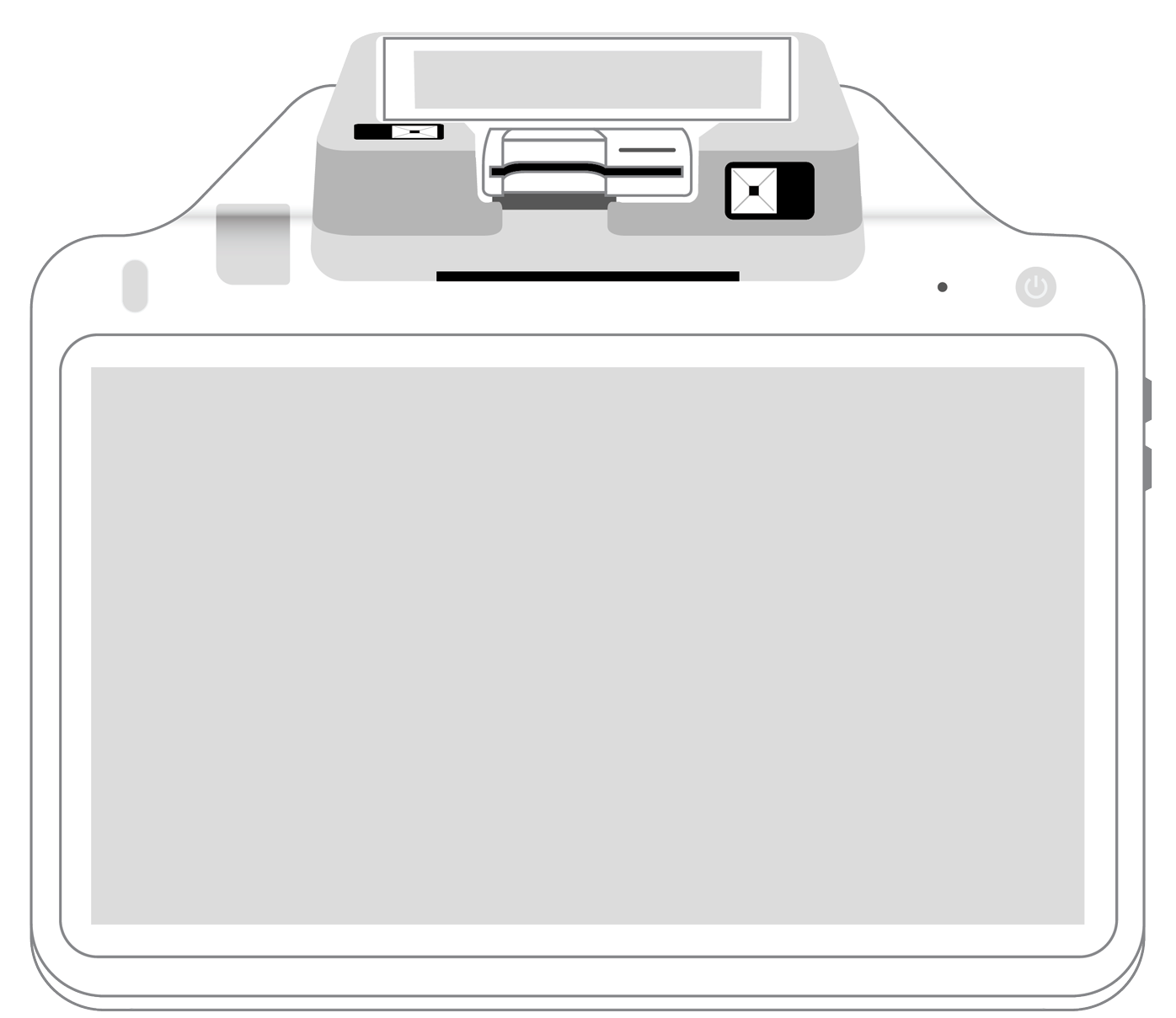How to Increase Profits When Selling at a Local Market

Are you missing out on sales opportunities right in your own community? Farmers markets, flea markets, fairs, festivals, and trade shows are all fantastic venues for bringing your products and services to local audiences. Here’s how you can establish a business presence and maximize profits at these unique venues.
Assess the Market in Advance
Learn what types of markets are available in your area, and evaluate the potential of each as a sales outlet. Artisan foods and handmade products do best at farmers markets, craft fairs, and holiday events, but a trade show might be more your speed if your services are designed to help other businesses grow and thrive. Research the demographics of each venue’s audience, and ask established vendors what a typical profit range is for a day. Find out how much you’d need to shell out in booth or table fees to participate in the most promising markets, and factor this in when considering pricing strategies and budget. Finally, get familiar with the cultures of the markets. Is there a “tribe” mindset surrounding particular events? For example, the farmers market in the center of town may attract predominantly young millennials and seasoned locavores, while the annual Christmas bazaar at a local church is the go-to for frugal seniors looking to check off everyone on their gift lists in one go.
Tailor Your Sales Strategy
Knowing what types of customers to expect at a particular market gives you an idea of where your products and services will be well-received. Use this knowledge to develop a venue-specific approach to sales. Start with table or booth design. If you’re at a community festival, you may not need anything more than a simple table with a banner; however, if a trade show is coming to town, it’s time to invest in an eye-catching booth to make your brand as visible as possible. With a setup in mind, consider how to attract customers. Will you be running product demos or offering samples of your wares? Would holding a contest or giveaway encourage people to stop by? Pick one strong tactic, and run with it as you plan your advertising.
Take Advantage of Marketing
Depending on the type of event, you may need to start marketing several weeks or even months in advance. Apply your knowledge of the expected audience to your advertising materials. Beloved community events attracting established locals may call for a direct mailing campaign, but don’t forget to alert your email list, too. Talk with the event coordinators about advertising opportunities available to vendors. You might be able to snag a spot in an online vendor listing or the program for the event. Some events need sponsors, and if you can afford to be a supporter, you’re likely to get more visibility in event announcements. Other venues regularly highlight vendors on social media, giving you a chance to reach beyond your existing network and bring your brand to a new set of potential customers.
Talk Yourself Up on Social Media
Of course, you have a social media presence and a loyal network of brand advocates for a reason. If you’ve been nurturing connections on social media, your followers should be ready to help you advertise any event at which your business plans to have a presence. Get busy talking up the event as it approaches, and keep right on talking while the event is happening. Use a combination of pictures and videos to attract attention and encourage sharing. Live video is especially compelling and is a perfect way to showcase what you have for sale. Going live during an event can also have a FOMO effect on your audience, drawing them to your table or booth if they’re already in attendance or prompting them to come out for a visit instead of scrolling through their Facebook feeds as they sit on the couch in their pajamas.
Secure a Great Location
Being situated near the entrance at a market or event means your booth has the potential to grab the attention of everyone who walks in before they get distracted by other offerings. If the event is outside near local shops, try to score a space near those selling merchandise to a similar target audience so that your booth is both visible and relevant.
Get Organized
Plan your table or booth layout so that products are showcased in logical ways. Group items by function, price, or physical characteristics, or place complementary items together. Consider how a customer’s eye will travel and where their attention is likely to go as they browse. Someone looking at necklaces may naturally be drawn to matching earrings, or people picking up handcrafted moisturizing soap may also want lotion or cream. If you only sell one type of product, such as jam, try putting similar varieties next to each other and encouraging bulk buys with deals on multiple items. Don’t forget about impulse purchases! Customers shopping for your main offerings might not know what else you have available, so be sure to include a few lower-priced items in your displays. Take the opportunity to educate consumers about the benefits of using your products in combination, and offer a discount for buying multiple products designed to work together.
Be Bold with Your Displays
Selling at local markets gives you the chance to be as creative as you like when designing your displays. Bold, unique, eye-catching designs draw attention and encourage more purchases than utilitarian setups. Go for form as well as function with hanging displays, temporary walls, pegboards, baskets, crates, and bins. Grab an easel at a craft store, and use it to display a popular product or a unique sign touting your brand. Put the finishing touches on your space with distinctive décor. You might be able to skip this if your products are inherently decorative, but if you’re selling something basic or everything is similar in color, you’ll need to spice up the display. Just a few simple touches like faux flowers, colorful streamers, or bright tablecloths can transform your space and encourage more people to stop and make purchases.
Offer Multiple Payment Options
Losing customers at the point of sale doesn’t just happen online, and you don’t want to spend a ton of time marketing your business and designing an amazing booth only to have people walk away when they realize they don’t have enough cash to cover their purchases. Although cash is a common form of payment at venues like farmers markets and craft fairs, a lot more vendors are starting to accept credit cards using a mobile credit card swiper. It doesn’t cost a lot to get set up with a device designed to plug into your tablet or smartphone, and once you have a good payment gateway in place, you can start accepting plastic. This is great for snagging sales from customers with a tendency to buy on impulse or who don’t make it to your booth until near the end of the event when they’ve already run out of cash.
Become a Trusted Regular
Your first market or event probably won’t be a blockbuster for sales unless it’s the kind of thing people save up for all year. Routine events like farmers markets and flea markets draw the same crowd week after week, and you need to be there as often as possible to ensure your brand becomes a fixture in the minds of your target audience. Some people may pass by your table or stop to browse multiple times before they decide to buy. If you’re not there when they’re ready to make a purchase, there’s a good chance you’ll lose the sale to a competitor. Being a regular also gives you a chance to get to know your customers and build relationships. Trust is a big factor in customer loyalty, so the more you interact, the more likely people are to stop by and pick up a few of your products each week.
Give Customers a Reason to Return
An established presence isn’t the only element in the equation of successful local market sales. Even if people love coming around and talking to you, interaction doesn’t always mean buying. What can you do to encourage them to make more purchases? Try a loyalty program. Create a punch card allowing regulars to earn free products or a discount after buying a certain amount, or give discounts for turning friends on to your products. You can also send special coupons to customers who sign up for your mailing list, which gives people a reason to hand over their email addresses and allows you to build a bigger database of potential brand enthusiasts. Don’t underestimate the power of local markets because they’re not as flashy or upscale as some other venues. These are the places where your target customers go to shop on a regular basis, and you don’t want to miss out on unique opportunities to sell your products, build your brand, and make connections with your audience. Be willing to work hard and experiment, and commit to maintaining a presence at the markets where your strategies generate the greatest returns.
More from Business tips
 3-in-1 Reader |  Terminal |  Keypad |  PINPad Pro |  Flex |  POS+ | |
|---|---|---|---|---|---|---|
Payment types | ||||||
EMV chip card payments (dip) | ||||||
Contactless payments (tap) | ||||||
Magstripe payments (swipe) | ||||||
PIN debit + EBT | ||||||
Device features | ||||||
Built-in barcode scanner | ||||||
Built-in receipt printer | ||||||
Customer-facing second screen | ||||||
External pinpad | ||||||
Wireless use | ||||||
Network | ||||||
Ethernet connectivity | With dock | |||||
Wifi connectivity | ||||||
4G connectivity | ||||||
Pricing | ||||||
Free Placement | ||||||